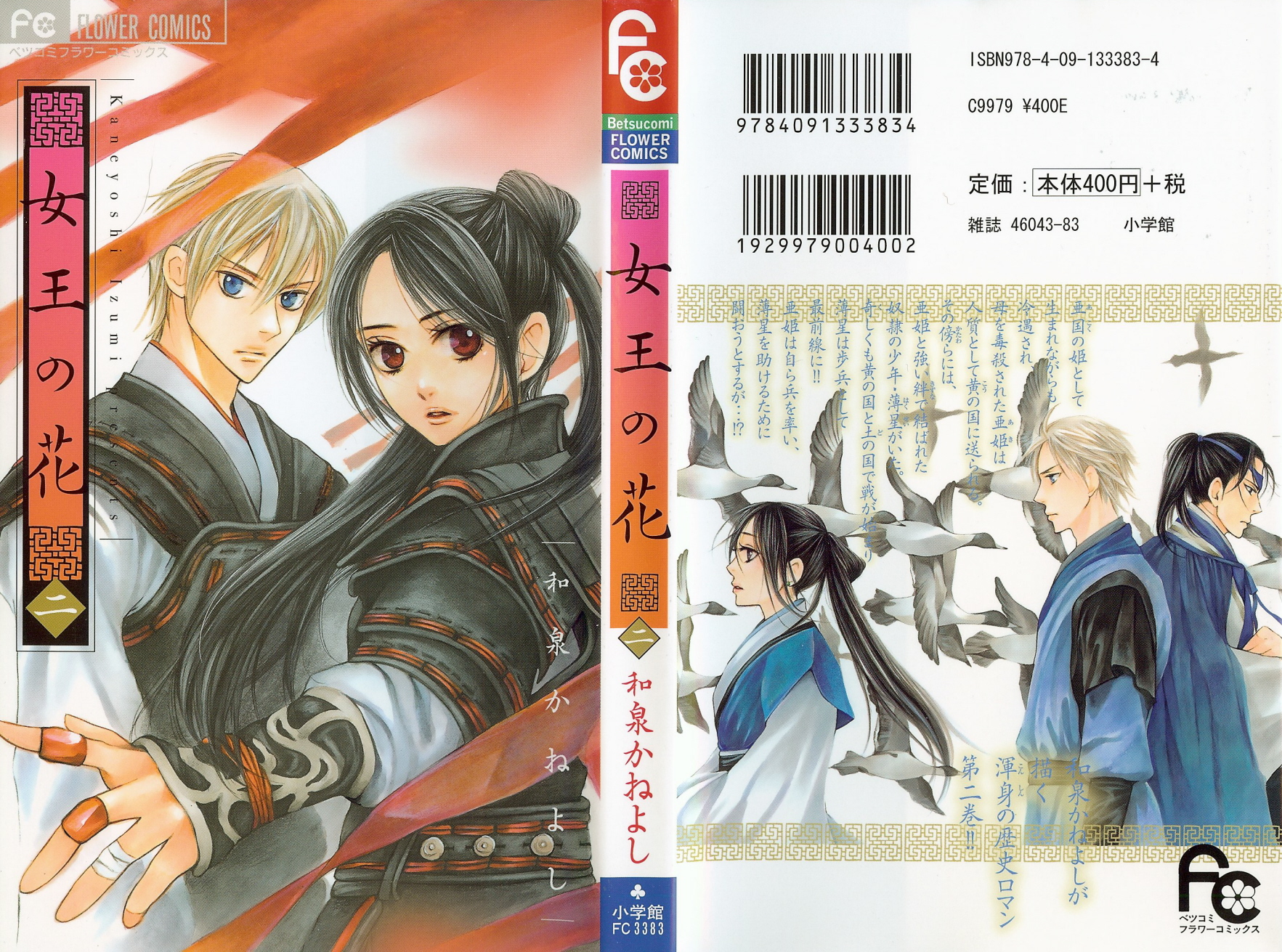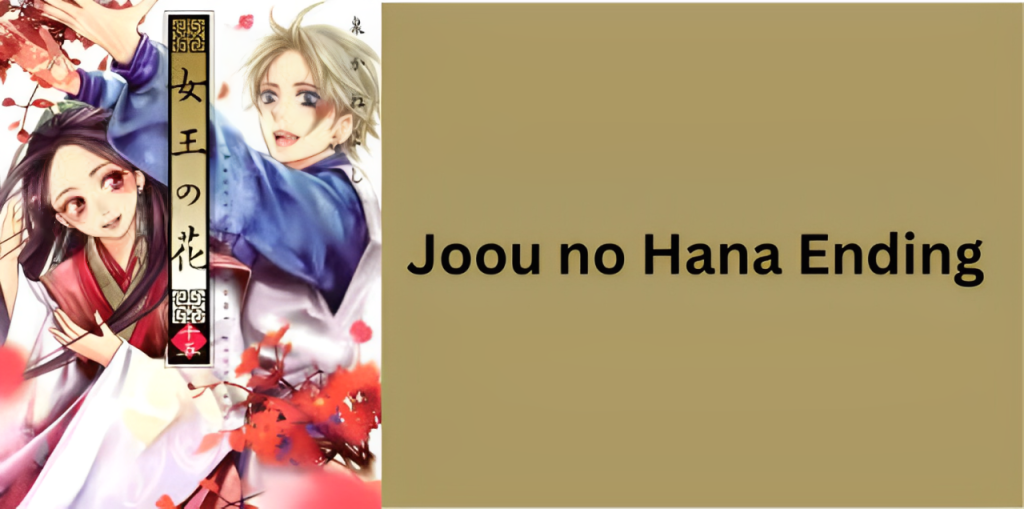Joou no Hana Ending Explained
Joou no Hana, also known as The Queen’s Flower, is a historical romance manga series written and illustrated by Kaneyoshi Izumi. Serialized from 2007 to 2016, the series is set in a fictional world divided into four countries and revolves around Princess Aki and her journey for revenge and redemption. This post by Blinkanime delves into the ending of Joou no Hana, highlighting the key events and resolutions.
Plot Overview
The story begins with the King of Ah casting aside the sickly First Queen and her daughter, Princess Aki, after the Second Queen gives birth to a son. Aki meets Hakusei, a slave with peculiar golden hair and blue eyes, who pledges his life to her. With Hakusei’s help, Aki trains in the Six Arts under the guidance of Seitetsu, an enigmatic merchant. Her journey takes a dramatic turn when she outshines the Prince during a hunt, sparking a series of events that lead to her mother’s poisoning and Aki’s subsequent banishment. Consequently, Blinkanime provides this detailed analysis to help fans understand the nuances of the story’s progression.
Climactic Events
Towards the end of the series, Aki’s determination to reclaim her rightful place and seek revenge against those who wronged her reaches its peak. With Hakusei by her side, Aki returns to Ah to confront her past. The final volumes of the manga focus on the intense confrontations and strategic maneuvers that define Aki’s struggle against the powerful forces allied against her. As the story climaxes, Aki and Hakusei face overwhelming odds, demonstrating her strategic prowess and resilience. Her return to Ah is marked by battles and political intrigues, highlighting her growth as a leader and a warrior.
The Resolution
In the concluding chapters, Aki’s resilience and strategic prowess are put to the test. She faces numerous challenges but ultimately secures justice for her mother and herself. The manga’s ending emphasizes themes of redemption, justice, and the enduring bond between Aki and Hakusei. Despite the many obstacles they face, Aki’s unwavering determination and Hakusei’s steadfast support culminate in a satisfying conclusion that brings closure to their tumultuous journey.
Aki overcomes the final hurdles in her path, using her intelligence and the loyalty of her allies to outmaneuver her enemies. The resolution sees Aki reclaiming her rightful place and securing peace for her people. The bond between Aki and Hakusei remains central, standing as a testament to loyalty and love overcoming adversity.

Character Development
Throughout the series, Aki evolves from a discarded princess into a formidable leader. Her character arc is marked by significant growth, as she learns to navigate the complexities of power, loyalty, and revenge. Hakusei, too, undergoes development, showcasing his unwavering loyalty and strategic acumen, which prove crucial in their quest. Additionally, supporting characters also play vital roles, contributing to the rich tapestry of relationships and conflicts that define the series.
Themes and Motifs
Joou no Hana explores themes of power, betrayal, and redemption. The historical setting provides a rich backdrop for the intricate political and personal dynamics that drive the story. Furthermore, the manga delves into the significance of loyalty and the sacrifices made for love and justice. Themes of personal growth, the quest for justice, and the struggle against societal norms are woven throughout the narrative, offering readers a deep and engaging experience.
Conclusion
Joou no Hana offers a compelling narrative filled with drama, romance, and historical intrigue. The ending brings a satisfying resolution to Aki’s journey, highlighting her growth and the strength of her bond with Hakusei. Fans of historical drama and strong female leads will find Joou no Hana a rewarding read. Therefore, the series’ exploration of complex themes and character dynamics ensures that it leaves a lasting impression on its readers.
For more detailed insights and discussions, you can visit MyAnimeList and AniList (MyAnimeList.net) (AniList).


